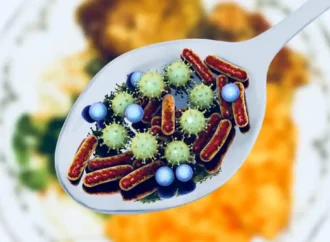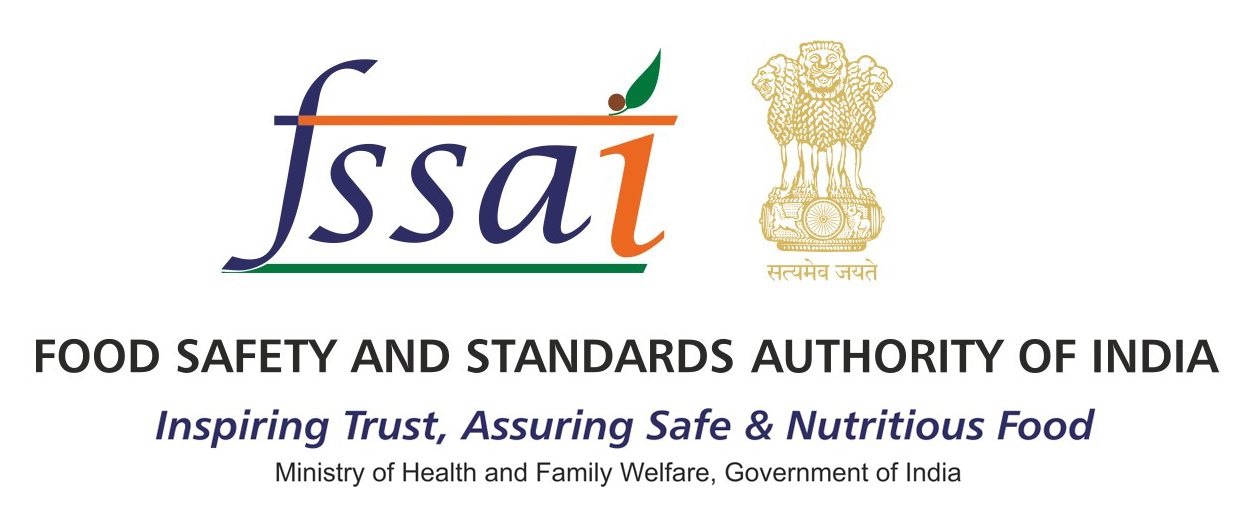The brainchild of a Swiss entrepreneur named Julius Maggi, the Maggi brand of instant noodles is well-known across the world. It all began in 1884, when women started working in factories along with men, the worker families weren’t left with much time to prepare healthy meals. It was during this time that Maggi invented a pea and bean soup powder which was ready-to-use and would also provide nutrition. His company grew even more successful after his introduction of ready-to-use soups products and he eventually became a pioneer of industrial food production culminating in his company’s acquisition by the conglomerate Nestle Corp.
Nestle’s Marketing Tactics for Maggi
When Nestle India Limited launched Maggi in the Indian marketplace in 1983, they realised that consumers were very conservative in their food habits, preferring traditional homemade food rather than packaged or canned food. The premise that Maggi noodles is fast to cook was used to target working women in the first phase of advertising. But this particular approach met with failure despite strong marketing campaigns.
After conducting an intensive market analysis, Nestle realised that children could be their largest consumers after developing a taste for Maggi noodles. Nestle then shifted its marketing focus from working women to children and their mothers. The product was positioned as a “fun food” which mothers can easily cook for kids providing “convenience” and was aggressively promoted as such. The ₹2.50 packet of 100gm Maggi was a phenomenal success. Distributing free samples and giving gifts for empty packages were promotional measures adopted for increased product awareness.

Mummy, bhookh lagee hai
Bas Do Minute mein tayyar
Fast to Cook, Good to Eat
Taste bhi, Health bhi
These taglines were used to communicate the promise of health and tastiness to consumers looking for a quick respite from their hunger. Maggi also used sharp visual codes such as the bright red and yellow colours that are psychologically known to induce hunger in test subjects.
How Maggi Lost its Reputation as a Healthy Alternative
By the year 2000, Maggi noodles had become the market leader in the instant noodles space. However, Maggi’s market share fell from a whopping 78% to 0% over the course of a few months in 2015 when the company was forced to recall 38,000 tonnes of Maggi noodles from retail shelves and incinerate them. The brand once associated with nutrition and nourishment had fallen from grace after lab reports showed harmful additions to its products being sold in India.
It started when a food inspector at the Uttar Pradesh government’s Food Safety officer, Sanjay Singh, who holds a PhD in organic chemistry, spotted the label that claimed “no added MSG” on the packets of Maggi noodles. When a sample was dispatched to the state laboratory at Gorakhpur for lab analysis and testing, the result came back positive—that particular sample of Maggi noodles did have MSG. When Nestle challenged the results, other samples of Maggi noodles were also sent to the Central Food Laboratory in Kolkata and the results that came read: “MSG: Present and Lead: 17.2ppm”. The lead amount found in the tested Maggi samples was over 1,000 times more than what Nestle India Ltd had been claiming all along.
What Does the Presence of Lead and MSG mean?
Lead is a harmful element that gets easily absorbed into the human body and has a lot of serious long-term side effects. These include hindering our digestive process, affecting the kidneys, the brain and reproductive health as well as cancer in the long term. Children absorb lead at much faster rate than adults and eating Maggi adulterated with lead puts them at a much higher risk of health complications like brain developmental problems. The major problem with lead is that one cannot flush out excess lead because it keeps getting accumulated in the body. The overall effect on the body can be lowered by drinking antioxidant-rich juices such as cranberry juice.
MSG or Monosodium Glutamate has a unique taste different from salty, sweet, sour or bitter described as “meaty” and termed as Umami. Excess consumption of MSG causes increased thirst, nausea, twitching sensation in the mouth and headaches. MSG is also known to cause liver inflammation as well as neurological problems by damaging the nervous system. It also causes sluggishness by increasing our risk of metabolic syndrome leading to obesity.
Will Nestle’s Maggi ever Become Healthy and Safe to Eat?

Early in 2021, an internal presentation circulated among Nestle company’s top executives accessed by the media described that a large portion of Nestle’s product portfolio as unhealthy. This document indicated that more than 60 percent of Nestle’s mainstream food products could not be considered healthy under a “recognised definition of health”. The classified document went on to reveal that some of its categories will “never be healthy”.
This is because essentially, Maggi is made up of refined flour or maida, which stresses the digestive system. The high glycemic index and gluten content in maida can cause long-term health complications. Secondly, Maggi contains unhealthy preservatives, along with being high in sodium, which is a major risk factor for causing high blood pressure. This is the reason why people with hypertension, diabetes and those at an increased risk of heart disease are advised by doctors to avoid eating these instant noodles.
Although Maggi is marketed as high in proteins and nutrient-rich, this is not the case. When it is advertised that Maggi contains oats and atta, it doesn’t automatically mean that it is only made up of these ingredients. What this means is that oats or atta are actually added to the maida during production. Even the desiccated vegetables added in the Maggi are unsafe to eat as they contain preservatives which lower the metabolic rate of the body along with slowing down the digestive process.
There have also been reports of Maggi containing edible wax which can cause serious long-term health effects that include increasing the blood levels of triglycerides, cholesterol eventually leading to heart disease. Accumulation of wax in the liver hinders normal functioning and increases the risk of fatty liver condition.
Being lower in calories in general, instant noodles may appear to be a healthy choice to many. But the fact remains that these noodles are also low in protein and fiber which are the two major nutrients that prevent overeating by keeping us feeling fuller for a long time. After repeated interventions by social institutions and the general public, the major fast food companies have promised to make their products more nutritionally sound. But, the harsh reality in 2021 is that all these promises seem a bit hollow to Indian consumers as there has been little, if any, actual implementation on the ground of the proposed nutritional overhaul in the processed food market in India.
 Food Manifest
Food Manifest 

















Leave a Comment
Your email address will not be published. Required fields are marked with *